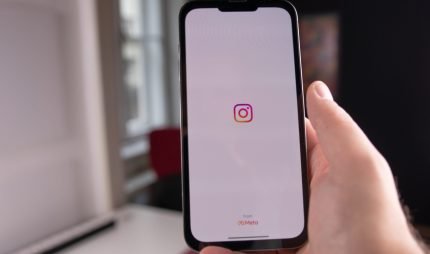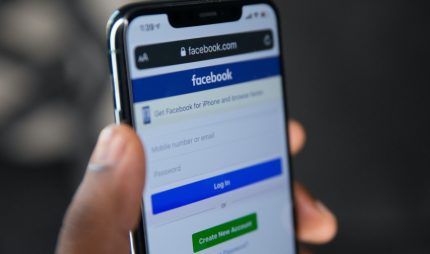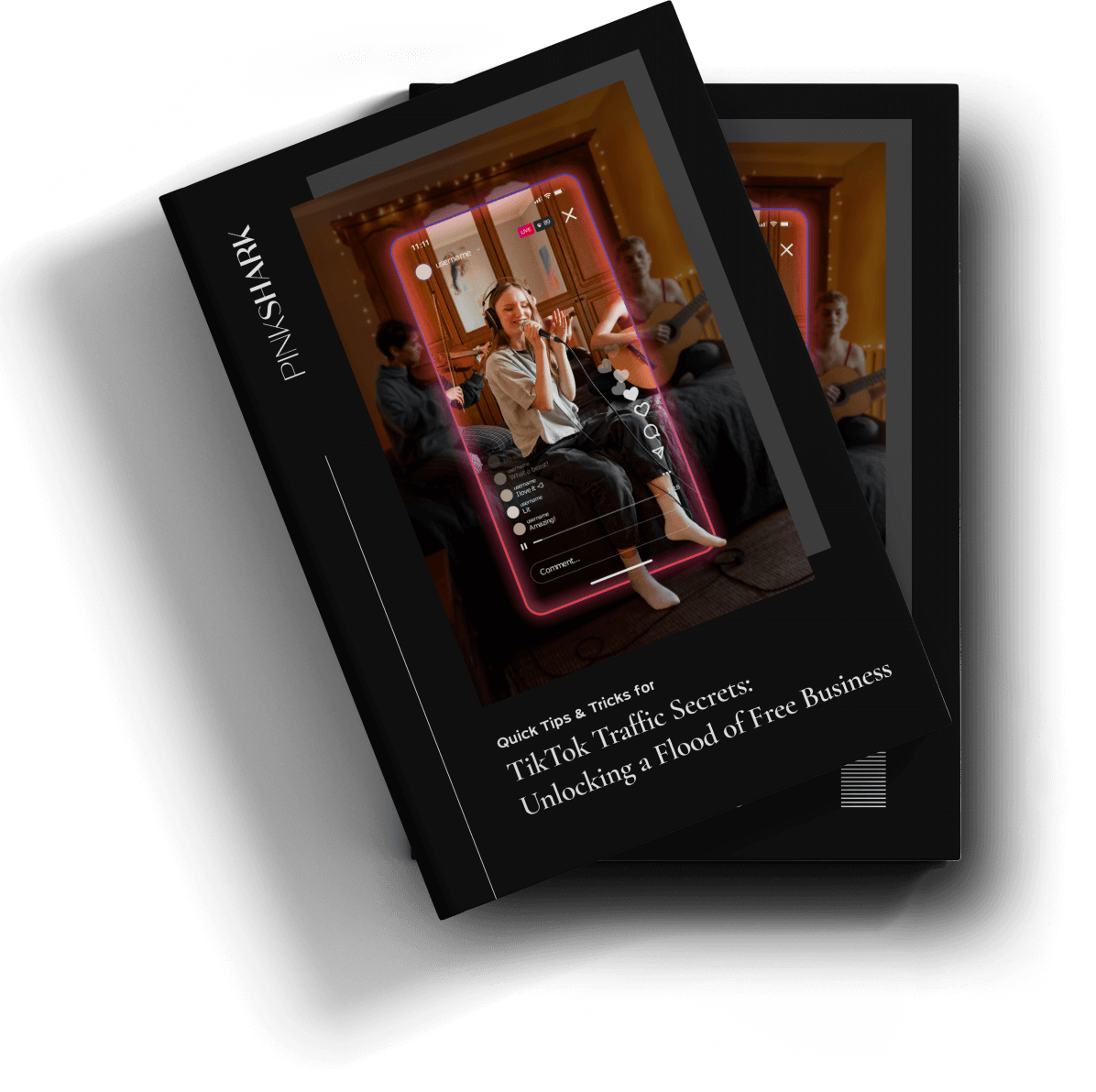The concept of viral marketing has been around for a long time now. It has gone through many different iterations; it has been formalized and demystified by marketing companies; and it has become so familiar to consumers that many of them have become jaded to cynical attempts at achieving the once-rarefied goal of “going viral.”
In fact, viral marketing has been around so long, in so many forms, that consumers sometimes think they see it in places where it wasn’t intended to be seen. It’s not clear whether that’s the situation that was described in a recent Daily Beast article about the “Utah monolith,” but the article certainly highlights the potential problem of consumers being overly clued-in to viral marketing campaigns.
It’s fair to say that the Utah monolith itself went viral last month after desert wildlife researchers spotted it from a helicopter and stopped to capture images and share them on social media. Consumer cynicism reared its head almost immediately, as some people instinctively speculated that the mystery had been designed to sell something, even though there was no indication of what the product might be.
Assumptions about viral marketing were challenged when archived images from Google Earth suggested the possibility that the monolith had stood undiscovered in the desert for as much as five years. But speculation was rekindled and strengthened two weeks after the original discovery, when a similar monolith appeared on a hillside in Romania. This was followed by a third in California, as if to invite questions about a possibly Hollywood movie tie-in.
There’s still no hard evidence that the monoliths were meant to serve as viral marketing for anything in particular. But if a campaign is disclosed at some point in the future, it’s a safe bet there will be a lot of people yawning while they declare that they told us so. On the other hand, their jadedness doesn’t necessarily signify that this sort of a campaign is no longer effective. There are surely plenty of consumers who would excitedly watch the appearance of a dozen more monoliths, thereby making themselves prime targets for a branded message.
So the point to take away from the Utah monolith story is that any given viral marketing campaign needs to take both groups into account: the cynics and the spectators. And even if it turns out that the original viral phenomenon was never part of a larger plan, it would still have implications for viral marketing.
If the Romanian and Californian incidents were just the work of copycats, it goes to show that a viral campaign – even an unintentional one – can be so effective that it not only acquires spectators but prompts people to devote their own time and energy to keeping the public’s eyes locked on what you’ve created.



